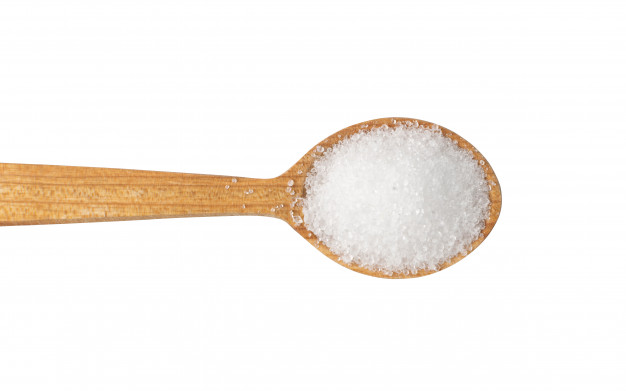Bases are those chemical substances that taste bitter, soapy to touch, and turn red litmus to blue. A base is a substance that increases the hydroxide ion concentration in a solution so that’s one property of a base another property is that bases all have a PH is greater than 7. 7 is a neutral PH and anything less than 7 is an acid but it has a PH of greater than 7, we would call it a base.
The ionic compounds that generate negative hydroxide (OH−) ions when dissolved in water are called bases. A compound comprising a negative nonmetal ion as well as a positive metal ion that is clasped together by the ionic bond is called an ionic compound.
But what are ions? Ions are atoms that serve charged particles as a consequence of losing or gaining electrons. NaOH (sodium hydroxide) is example of a base. When it dissolves in water, it produces negative hydroxide (OH−) ions and positive sodium (Na+) ions. It can be exemplified by the following equation:
NaOH →H2O + OH− + Na+
A few properties of bases are that they have a bitter taste and they feel slippery or soapy so an example of this would be the household cleaner ammonia. Bases are neutralized by acids.
Examples of bases

Some of the best examples of bases are sodium hydroxide, calcium carbonate, and potassium oxide. A base is a kind of chemical substance that can counteract the acid by responding with hydrogen ions. Most bases are minerals that respond with acids to produce water and salts. Bases comprise the oxides, hydroxides, and carbonates of metals.
Some of the best examples of bases are described below.
Rubidium Hydroxide (RbOH)
Rubidium hydroxide is a kind of strong base.
It seems like a grayish white solid and possesses a formula RbOH.
It is also acknowledged as rubidium hydrate.
It is formulated in a lab as it does not exist naturally.
It possesses a molecular mass of 102.475 g/mol and a density of 3.2 g/cm³.
The boiling point of the base is 1,390 °C and the melting point of the base is 301 °C.
It is highly corrosive.
When comes in contact with the skin which causes burns.
It is used in scientific analysis.
Zinc Hydroxide (ZnO) 2

Zinc hydroxide is a kind of weak base.
It seems like a white powder and possesses a chemical formula (ZnO)2.
It ensues naturally and can also be formulated in the lab.
It can be acquired by adding sodium hydroxide to a zinc salt solution.
It has a molecular mass of 99.424 g/mol and a density of 3.053 g/cm³.
It has a melting point of 125 °C.
It can be utilized for surgical dressings as an absorbent.
Properties of Base
Aqueous base solution dissociates into ions to achieve electricity.
Bases possess a pH value greater than 7.
They form salts responding with acids.
They help in stimulating certain chemical reactions.
They are bitter to taste if positioned in alkali solutions.
Strong or concentrated bases are scathing.
It varies the indicator color from red litmus paper to blue litmus paper.
It can accept protons from proton donors.
It comprises OH− ions.
They actively respond when in contact with acids.
They are soapy to touch.
They produce electricity when dissolved in water.
Conclusion
We have mentioned the definition of bases and some examples of it. If you find this blog post informative, then please don’t hesitate to comment to us and let us know your concerns. If you want to learn more about examples of bases, then please keep reading our learning site.





